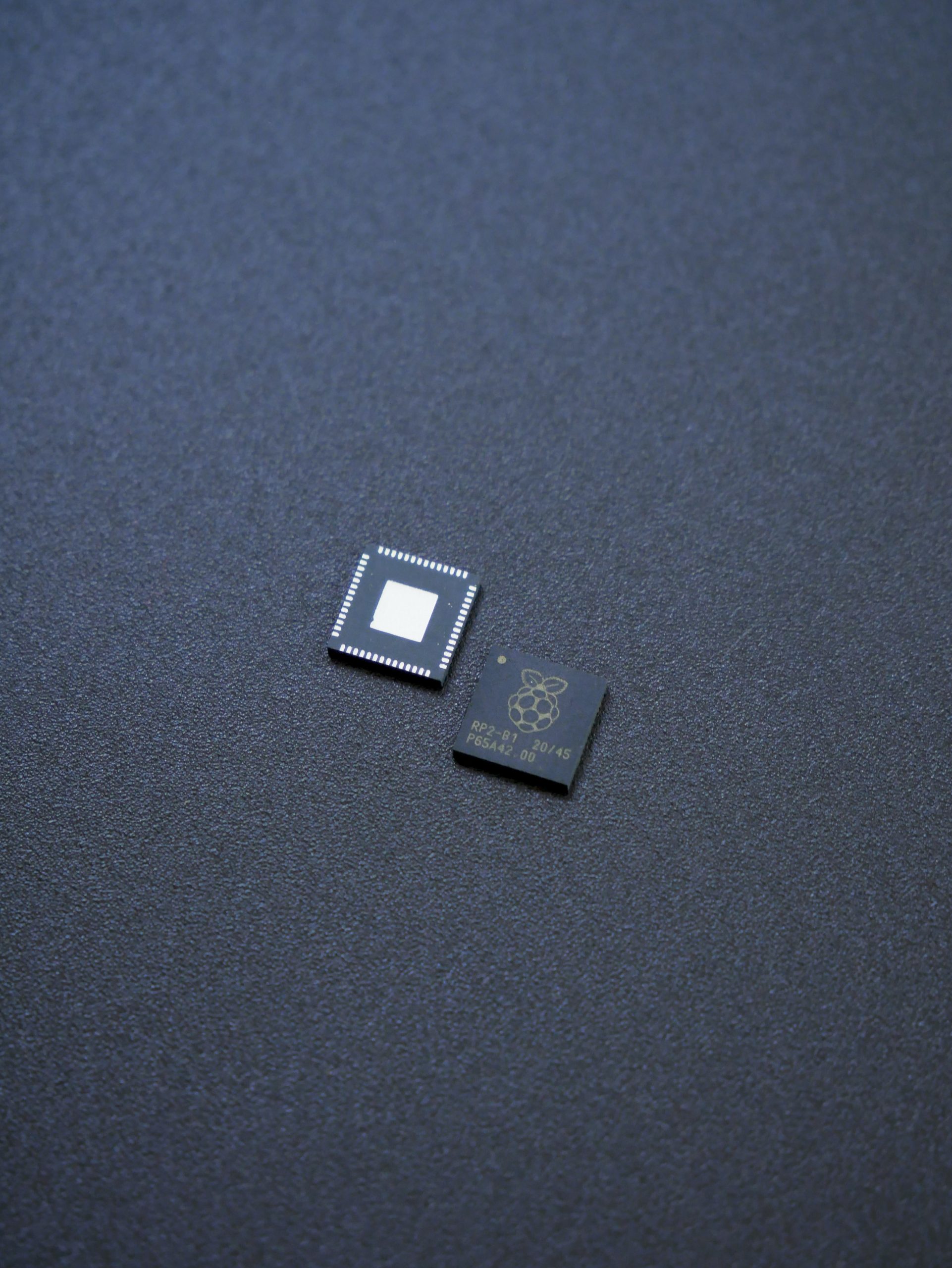In an effort to reduce reliance on foreign suppliers and bolster domestic production, the European Union (EU) has announced a €43 billion plan to boost semiconductor manufacturing within its borders. The ambitious plan aims to position the EU as a leading player in the global semiconductor industry, which is currently dominated by players from Asia and the US.
The EU has recognized the importance of semiconductors in powering the digital economy, with applications ranging from smartphones and laptops to autonomous vehicles and 5G networks. However, the COVID-19 pandemic has highlighted the fragility of global supply chains, particularly in the semiconductor industry, which has been hit hard by shortages of critical components.
To address this vulnerability, the EU has unveiled a comprehensive strategy that includes investments in research and development, expansion of production facilities, and support for innovation and startups. The plan also emphasizes the importance of sustainable and energy-efficient manufacturing processes, as well as collaboration between industry, academia, and government.
European Commission President Ursula von der Leyen has described the initiative as a “once in a generation” opportunity for the EU to become a global leader in the semiconductor industry. She noted that the plan would create an estimated 20,000 new jobs and generate significant economic growth, as well as ensure that the EU is better equipped to deal with future crises that disrupt global supply chains.
The EU’s plan has been met with cautious optimism from industry experts, who acknowledge the significant challenges involved in building a competitive semiconductor industry from scratch. The global semiconductor market is already dominated by a handful of players, including Samsung, TSMC, and Intel, who have a head start in terms of manufacturing capabilities, technological expertise, and market share.
Moreover, the EU’s plan will face regulatory hurdles, as it seeks to balance concerns around state aid and competition with the need to create a level playing field for European semiconductor manufacturers. There is also a risk that the EU’s efforts could be undermined by the growing tension between the US and China, which has led to increased protectionism and a fragmentation of the global semiconductor supply chain.
Despite these challenges, the EU’s plan has the potential to kickstart a new era of semiconductor innovation in Europe. The region has a strong tradition of technological innovation, and the EU’s plan could help to foster a new generation of European startups and entrepreneurs focused on developing cutting-edge semiconductor technologies. It could also provide a much-needed boost to the European economy, which has been hit hard by the COVID-19 pandemic.
In conclusion, the EU’s plan to invest €43 billion in semiconductor manufacturing signals an aggressive push to expand the industry and reduce reliance on foreign suppliers. The initiative has the potential to create new jobs, stimulate economic growth, and position the EU as a leading player in the global semiconductor market. However, it will face significant challenges in the form of regulatory hurdles and intense competition from established players. Nevertheless, the EU’s ambitious plan represents a once-in-a-generation opportunity to transform the region’s semiconductor industry and create a more sustainable and resilient digital economy.




